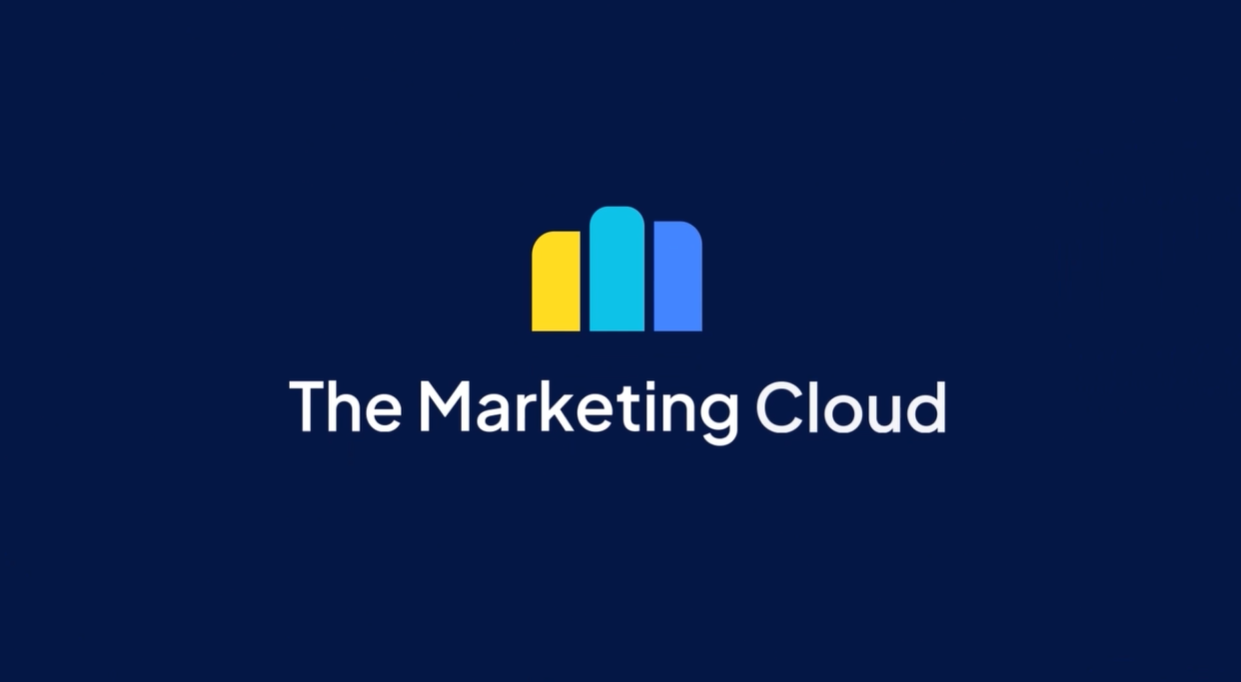Data
4 Reasons Why It's Time to Rethink Your Digital Analytics Strategy
By
Jared Randall,
Web Analytics, GALE
CONTACT
hello@stagwellglobal.com
SIGN UP FOR OUR INSIGHTS BLASTS

A comprehensive digital analytics strategy is vital to running a successful business today. The problem is — it’s not easy to get right. It’s complicated. But it doesn’t need to be. Here are four common problems and solutions to deal with them:
1. Your website or app doesn’t convert as well as you think it should.
You have built what you think is a good website or app after months of planning and development. You have put some marketing dollars behind it to increase acquisition, and you are seeing more people visiting your website or app than ever before. The problem is, they’re not converting as well as you think they should. New users are visiting and not buying your product, service, or signing up for your membership program.
Using tools like Google Optimize or Optimizely can let your users ‘vote’ between two or more options by how they use your website and permanently implement the options they like best. For example, your organization likes a white ‘Buy Now’ button, but your users buy more when the button is blue. You can now make that data-driven informed decision, and everybody wins! Improvement is an iterative process, and we help identify where the friction is and how to optimize those areas with your collaboration.
2. You can’t tell the difference between web and digital analytics.
It is important to understand the difference between web and digital analytics and the importance of each source or platform in a digital strategy. A customer will interact with your brand through many different avenues; from email to search to social, each digital channel serves a purpose in interacting with your existing and prospective customers. Web and app also have their unique attributes and must be approached differently as well as holistically.
A customer could interact with a company’s website and its app over their lifecycle, so why treat them as being two different user profiles? By using Google Analytics/Firebase Analytics you can integrate and build robust cross-device and cross-platform measurement plans for web and app platforms, helping to ensure strategies are customer-led.
3. You genuinely don’t know your customers.
Many businesses still don’t know the complete journey a customer takes once they visit their website or app before converting or what prevents a prospective user from converting. In terms of your business’s analytics maturity, you still might be stuck in the descriptive analytics phase and only able to answer questions like ‘What happened?’ but not why it did. It is important to be adaptive with your approach and understand the changing consumer landscape, as customers visit through a growing number of channels and don’t always take the path we want them to take.
With one of GALE’s ecommerce clients, we performed analyses to identify which key pages a customer visits on websites before they convert and where they fall out of the funnel to better understand how their customers interact with their platform. By understanding the most important pages to a user, we were able to set up a paid media strategy around driving users to these pages.
4. You don’t know what story to tell with your data.
You have tracking on your website or app, data is coming into your Google or Adobe Analytics console, and you begin reporting on some metrics you think are your KPIs. But there is no story, just a series of disjointed summary metrics. This could be for a few reasons: your implementation is filled with errors or incorrect data, you don’t know what these metrics say about your website, or you don’t have enough information to create a clear picture.
All data has a story to tell, but you need the right storyteller to extract it, interpret it, and communicate it effectively. It’s important to take time to understand the business, map out the critical interactions a user makes on your website or app, and create a robust plan to get the data you need to share it in a way that tells a story about your users.
Digital Analytics should be, and will continue to be, a part of your organization’s core decision-making tools. We’re continuing to reach further stages of Analytics Maturity as your ‘Good’ digital analytics strategy has become ‘Not Good Enough’ in a few short years. It’s time to be proactive and take control of your future.
Related
Articles
In the News, Press Releases
Jul 09, 2025
STAGWELL LAUNCHES STAGWELL MEDIA PLATFORM (SMP), A CENTRALIZED TEAM OF GLOBAL MEDIA, TECHNOLOGY AND DATA INVESTMENT EXPERTS

Artificial Intelligence, In the News, Marketing Frontiers, Press Releases, Stagwell Marketing Cloud, Tech
Jun 12, 2025
PRophet, a Stagwell (STGW) Company, Completes Integration of UNICEPTA, Launches Unified Brand and Enhanced Media Intelligence Offering

In the News, Marketing Frontiers, Press Releases, Stagwell Marketing Cloud, Tech
Jun 11, 2025
The Marketing Cloud Launches Cutting-Edge Platform to Simplify Marketing Workflows





